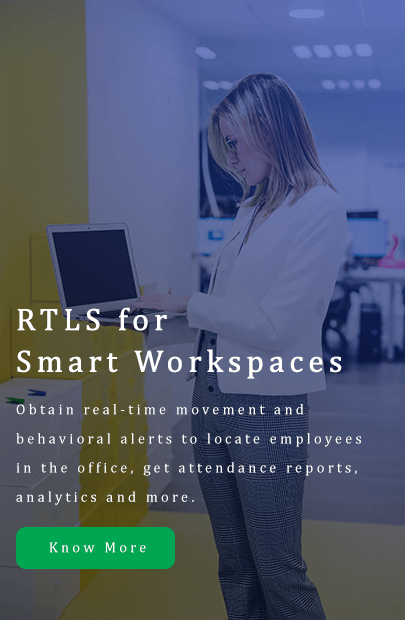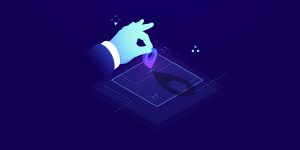The growing traction of IoT in the healthcare sector has opened possibilities to scale medical service offerings and patient satisfaction rates. By using IoT-powered devices, doctors are able to remotely monitor the patient’s health, thereby ensuring the patient’s safety and offering consistent treatment throughout. This innovative practice has paved the way to improved patient experience due to easier interactions with healthcare specialists. IoT in hospitals facilitates reduced healthcare costs since the remote monitoring feature significantly minimizes the length of hospital stays.
Recent research has concluded that the IoT market in association with the health industry will surpass 10 billion USD by 2024. The increasing adoption of IoT in the health sector is also influenced by the growth of other progressive technologies. For instance, combining IoT with 5G wireless and AI can initiate improved remote monitoring of patients’ health and new treatment possibilities.
Applications of Internet of Things in Healthcare
- IoT-powered wearables like blood pressure cuffs and glucometers enable consistent remote monitoring of a patient’s health. For elderly patients who are living alone, these innovations keep tabs on their conditions constantly and send alerts to the healthcare faculty in the event of an emergency
- When a patient uses IoT-enabled devices, the doctor gets the opportunity to closely monitor the patient’s health situation and even use the data from the devices to examine their situation and improve the treatment offerings. These devices also help doctors to ensure if the patient is properly following the prescribed medical routines
- IoT devices coupled with sensors can be used in hospitals to monitor the real-time location of various medical equipment, hospital staff, assets, and the overall hospital environment
The Process Flow – Steps to Enable IoT Revolution in Healthcare
The data collected in IoT-based healthcare devices hold the key to transforming healthcare services. The following processes should be carried out to ensure IoT-powered healthcare innovation.
- The first step involves setting up interconnected devices like sensors, monitors, and cameras to collect real-time data
- The data from the devices are accumulated and then digitized
- The digitized data is pre-processed and transferred to the cloud
- This data can be coupled with advanced analytics to facilitate data-driven decision making
Benefits of IoT in the Health Sector
- Doctors can analyze the data collected in the IoT devices and properly understand the health situation of a patient without waiting for visible symptoms. Thus IoT in healthcare can scale the possibilities of preventive medicine
- In times of a raging pandemic, IoT-enabled devices help doctors to keep track of their countless patients. The devices initiate alerts in the event of patient emergencies, allowing doctors and staff to quickly locate the patients, and offer assistance on time
- IoT facilitates quick and accurate processing of patient data
- IoT helps doctors to ensure that their patients adhere to the prescribed medical care
- The diagnostic accuracy can be accelerated by using IoT for medical calculations and conclusions
Popular IoT Devices in Healthcare
# Smartwatch– They come with sensors and internet connectivity. They help patients to keep check of their diabetes, aid in posture improvement, monitor patients’ heart rates, and detect seizures.
# Insulin Pens & CGMs– These devices accurately monitor the patient’s blood glucose levels and transfer the data to its specified mobile application.
# Digestible Medical Sensors– The patients are given prescribed medications with digestible medical sensors, which when ingested sends signals to the patient’s wearable and to the dedicated mobile application. Doctors can use this device to ensure that patients take their medications on time.
# Video Pills– These pills, when ingested, can capture visuals of the gastrointestinal tract and the colon and transfer the information to the smart app via the patient’s wearable
IoT in healthcare sheds light on the different dimensions of patient care. From remote health monitoring to quick alerts in the event of emergencies, IoT-powered health devices can help save countless lives. The coming years will witness more applications of IoT and the true transformation of the healthcare sector.
dSense, the IoT-powered RTLS solution, enables hospitals and healthcare to facilitate high-end patient care, data management, staff management, and more. Connect with our team for a free demo today.







